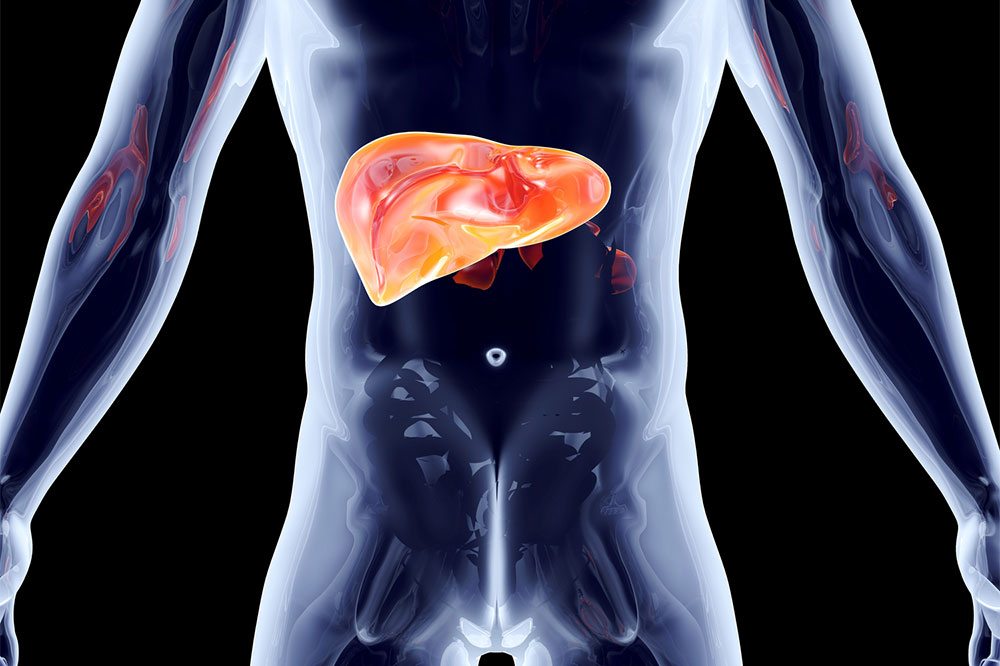Tips to help you strengthen your immune system

Natural selection has transformed the way in which the human immune system works. While some human genes have evolved to become immune to certain diseases, others have not. This leaves a whole lot of people prone to certain diseases and disorders. That said, there are ways to boost the immune system, improve one’s diet, and lead a healthier lifestyle. Here are a few simple steps that you can take to strengthen the immune system:
- Ensure adequate sleep
There are quite a few studies that prove the relationship between adequate sleep and the strength of the immune system. As an adult, you should ensure that you get seven to eight hours of sleep every night. A teenager should get eight to ten hours of sleep, whereas a young child should get at least 14 hours of sleep on a daily basis. If you have disturbed or no sleep, then you can improve your sleep cycle with these quick tips:
- Try sleeping in a room that is completely dark
- Get to bed at the same time every night. This will help regulate your sleep pattern
- Avoid using electronics that emit blue light before bed
- Maintain a diet of fruits and vegetables
Fruits, vegetables, and whole grains contain essential minerals, fiber, vitamins, and antioxidants. From maintaining the right balance of essential elements in the body to helping build a strong gut, they contribute to building a strong immune system.
- Exercise regularly
Staying fit and healthy physically requires one to exercise. But this doesn’t mean that one should go overboard with it. Exercising too much can have a negative impact on both the mind and body. Hence, the key to a strong immune system is exercising in balanced amounts. Moderate exercising does not only stimulate the immune system but also helps reduce inflammation. Brisk walking, bicycling, swimming, and even jogging are some of the physical activities that can be taken up on a regular basis.
- Be wary of off-the-shelf products
The market brims with many products that claim to boost immunity. However, the truth of the matter is that even scientists do not know which cells need to be boosted and to what extent. Given the sheer range and volume of cells, there is practically no way of knowing which cells are being affected and in what manner; it is also quite tricky to determine the ill effects of having a certain number of extra cells or the right mix of cells that will help the system work in a near-perfect manner. So it’s best to check with your doctor to know what should and shouldn’t be consumed.
To ensure that you stay on top of your health game, it is also advisable to quit smoking, avoid excessive consumption of alcohol, stay hydrated, live in a clean environment, and maintain personal hygiene.







